Recent regional and global events have brought civil defense issues back onto the agenda in Cyprus. One such issue is preparedness for potential emergencies, including military threats. Given the island's history and geopolitical situation, the topic of bomb shelters is particularly important. How did the shelter system develop in Cyprus? What is its current state? What role does the SafeCy app play in ensuring safety? Let's discuss these questions in this blog.
The history of bomb shelters in Cyprus
The idea of creating shelters for civilians did not arise by chance. Cyprus has experienced many dramatic events throughout its history. The most significant event was the Turkish invasion of 1974, which resulted in the island being divided into two parts. This conflict left a deep mark on Cypriots' consciousness and marked the beginning of the active development of the civil defense system, including the construction of special shelters.
Initially, these shelters were simple basement rooms in public buildings or specially constructed bunkers designed to protect against air attacks. The priority at the time was to protect the population in the event of a resumption of hostilities.
Over time, the construction of these shelters became standard urban planning practice, and many residential complexes, schools, and government buildings were designed to include rooms that could be used as temporary shelters.
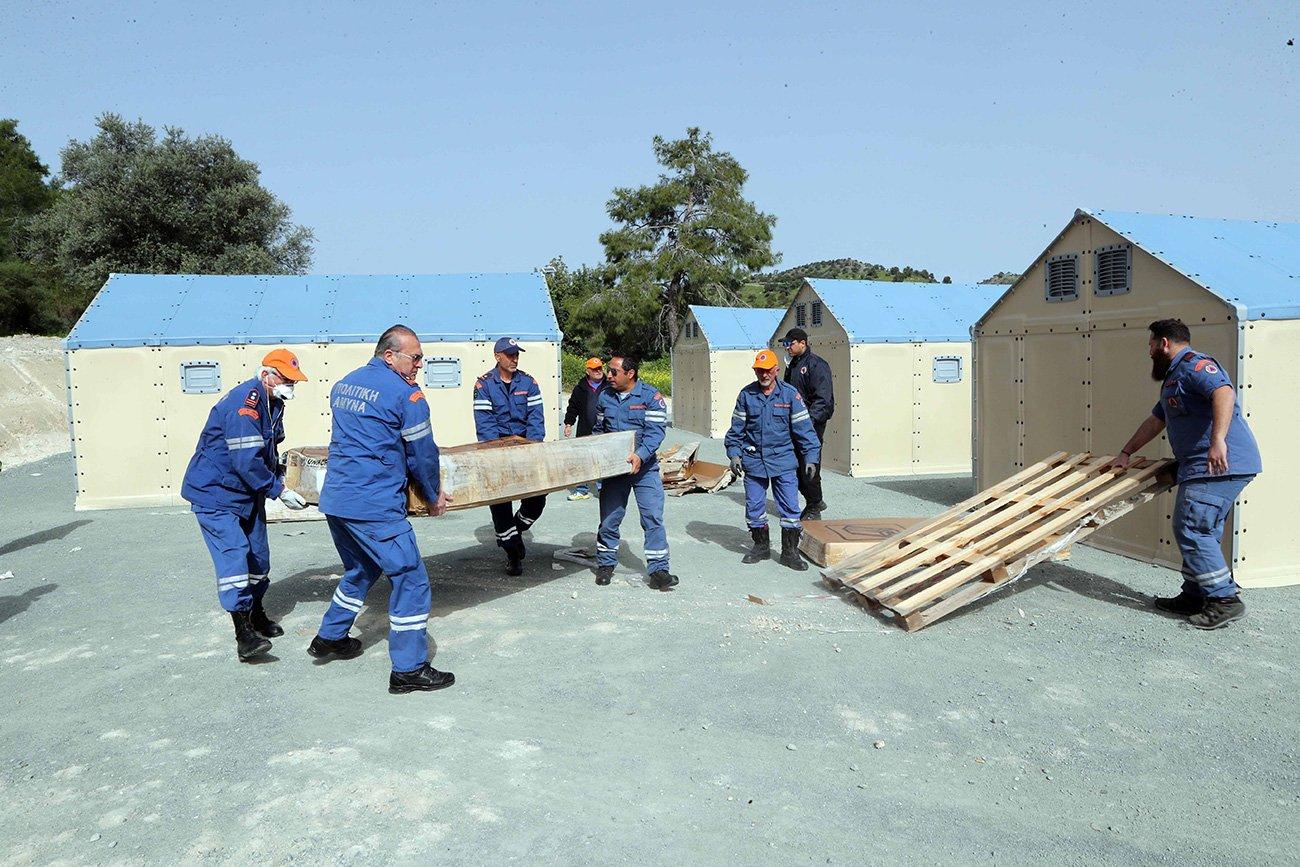
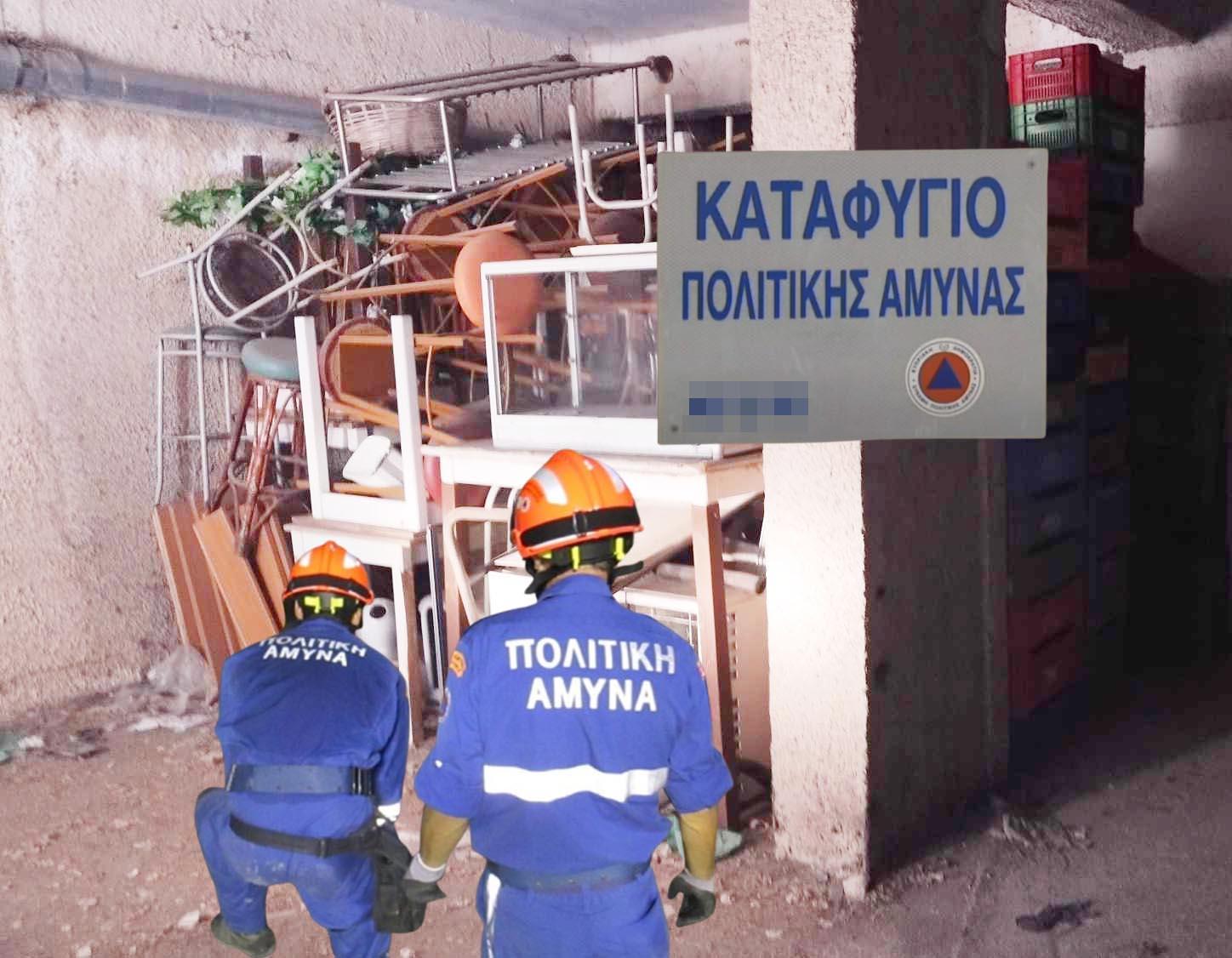
In Cyprus, a shelter is not a concrete bunker with airtight doors
A Cypriot shelter is not a concrete bunker with airtight doors. It can be a basement in a private residence or apartment building, a parking lot under an office building, or a specially equipped room in a public building. The main requirements are safety, an emergency exit, and protection from possible debris. All underground shelters in Cyprus are numbered and marked with a special Civil Defense emblem.
Bomb shelters in Cyprus are actually divided into three groups: state shelters, which can accommodate up to 200 people; public shelters, which are located near apartment buildings and have a capacity depending on their architectural design; and private shelters, which are located near private houses. They are all designed for short-term stays and can be used in the event of airstrikes or shelling. However, they are not suitable for long-term habitation and do not provide protection against radiation. Specialized shelters with appropriate equipment are needed to counter the nuclear threat, but unfortunately, they do not exist on the island.
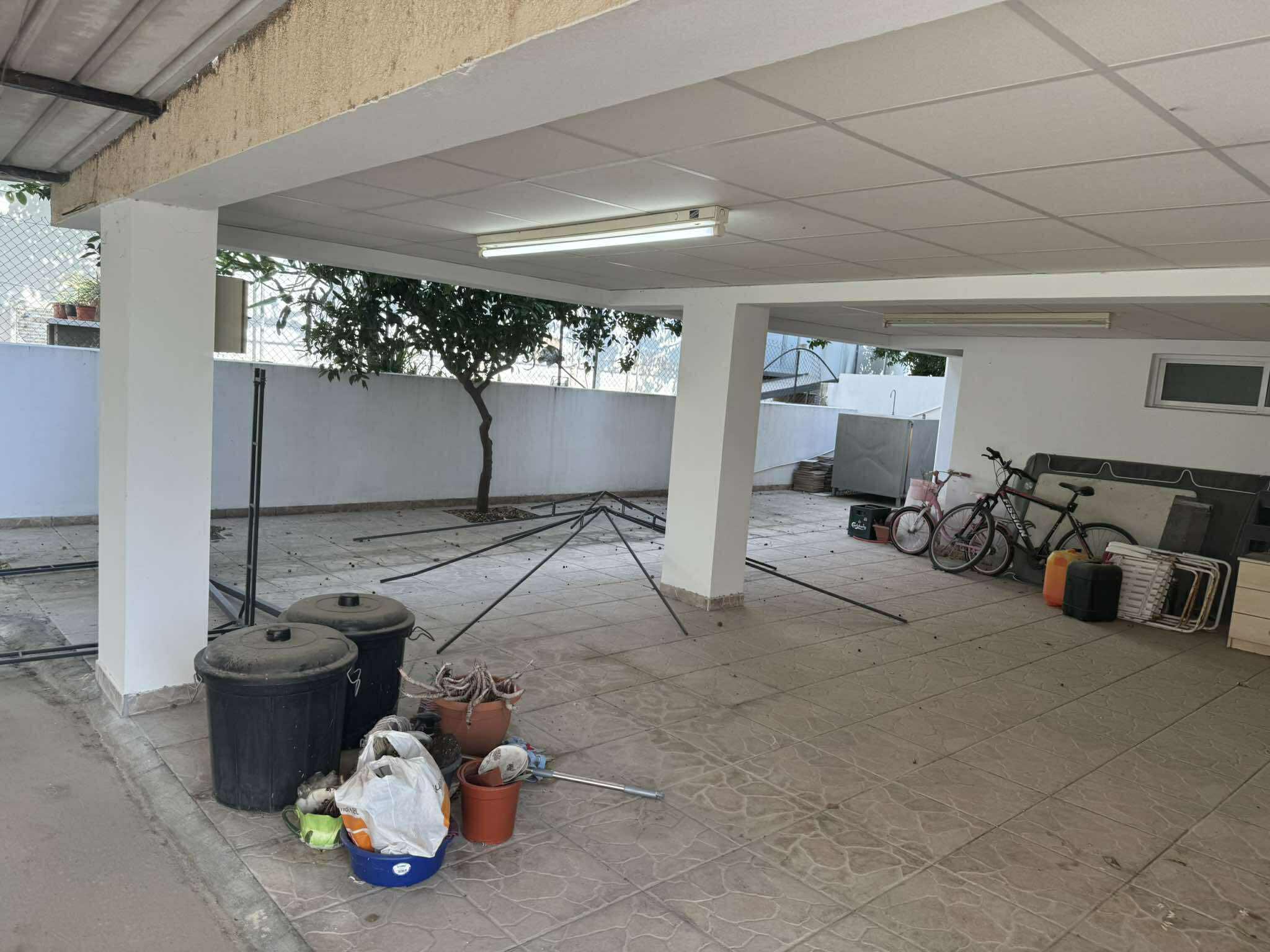

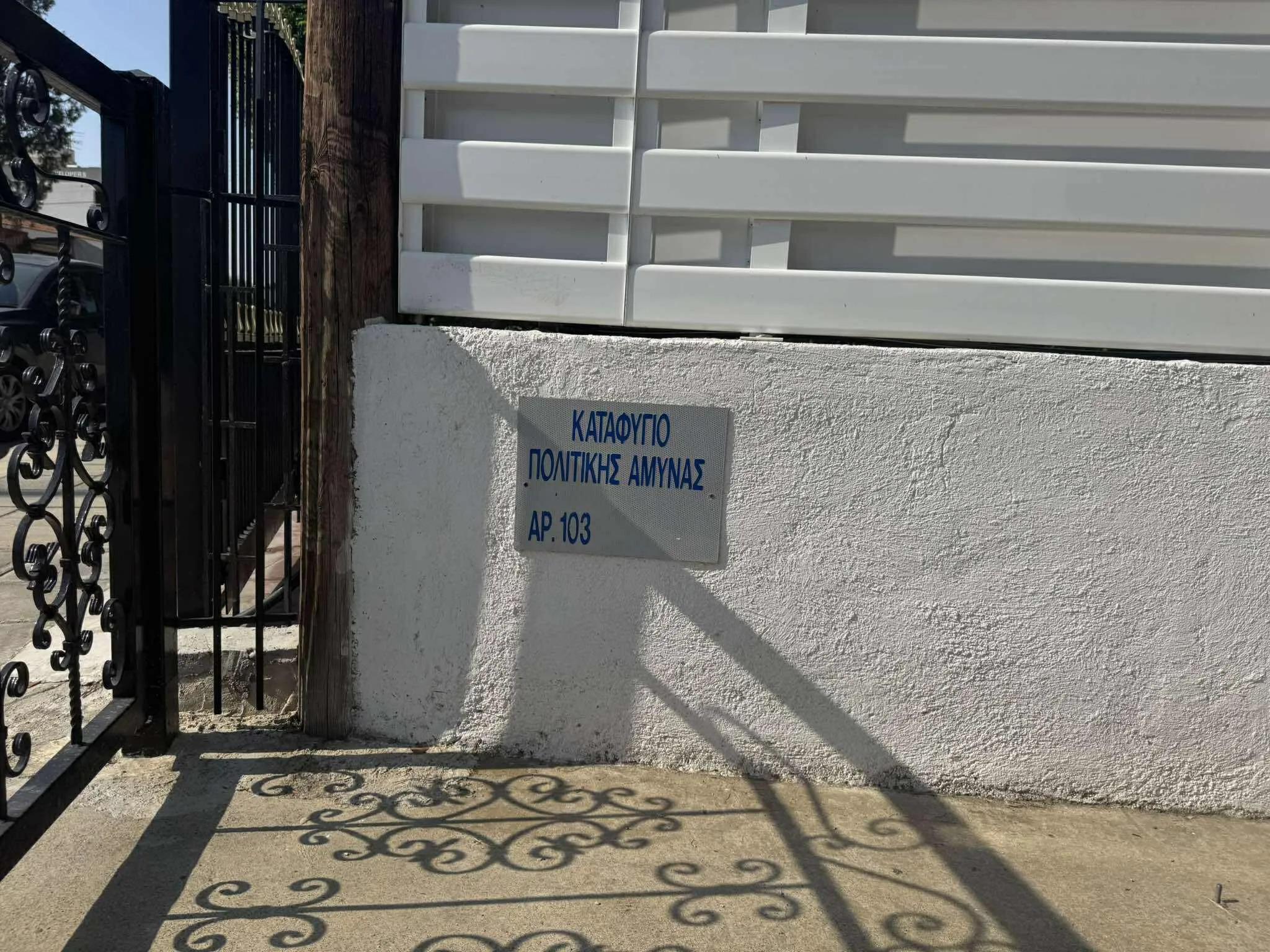
Современное состояние бомбоубежищ
На сегодняшний день на Кипре зарегистрировано около 2,5 тысяч официальных бомбоубежищ, которые могут разместить 30% населения или порядка 275 тысяч человек. Они разбросаны по всей территории острова. Большая часть расположена в густонаселенных районах, таких как Никосия, Лимассол, Ларнака и Пафос.
Реальное состояние этих объектов далеко от идеального. Многие из убежищ нуждаются в ремонте или модернизации, а некоторые просто не соответствуют стандартам — они захламлены, недоступны или даже небезопасны. В ряде сельских районов и общин официальных укрытий нет вовсе. Убежища в ведении государства или местных властей кардинальным образом отличаются от частных. Они как правила пустуют, готовы принять жителей в экстренной ситуации и задействованы в учениях, которые проводятся властями.
Представители Гражданской обороны признают, что поддержание всей системы в надлежащем состоянии — задача не из легких, особенно при ограниченных ресурсах и необходимости расставлять приоритеты. Проверка всех убежищ, регистрация проблем и их устранение требуют время и определенных вложений.
Current State of Bomb Shelters
Today, there are approximately 2,500 official bomb shelters in Cyprus that can accommodate 30% of the population, or around 275,000 people. They are scattered throughout the island. Most are located in densely populated areas, such as Nicosia, Limassol, Larnaca, and Paphos.
The condition of these facilities is far from ideal. Many are in need of repair or modernization and simply do not meet standards—they are cluttered, inaccessible, or unsafe. In some rural areas, there are no official shelters. State- or locally-run shelters are radically different from private ones. They are usually empty and ready to accept residents in an emergency; they are also used for drills conducted by the authorities.
Civil defense officials acknowledge that maintaining the entire system in good working order is no easy task, especially given limited resources and the need to prioritize. Inspecting all shelters, recording problems, and fixing them takes time and money.
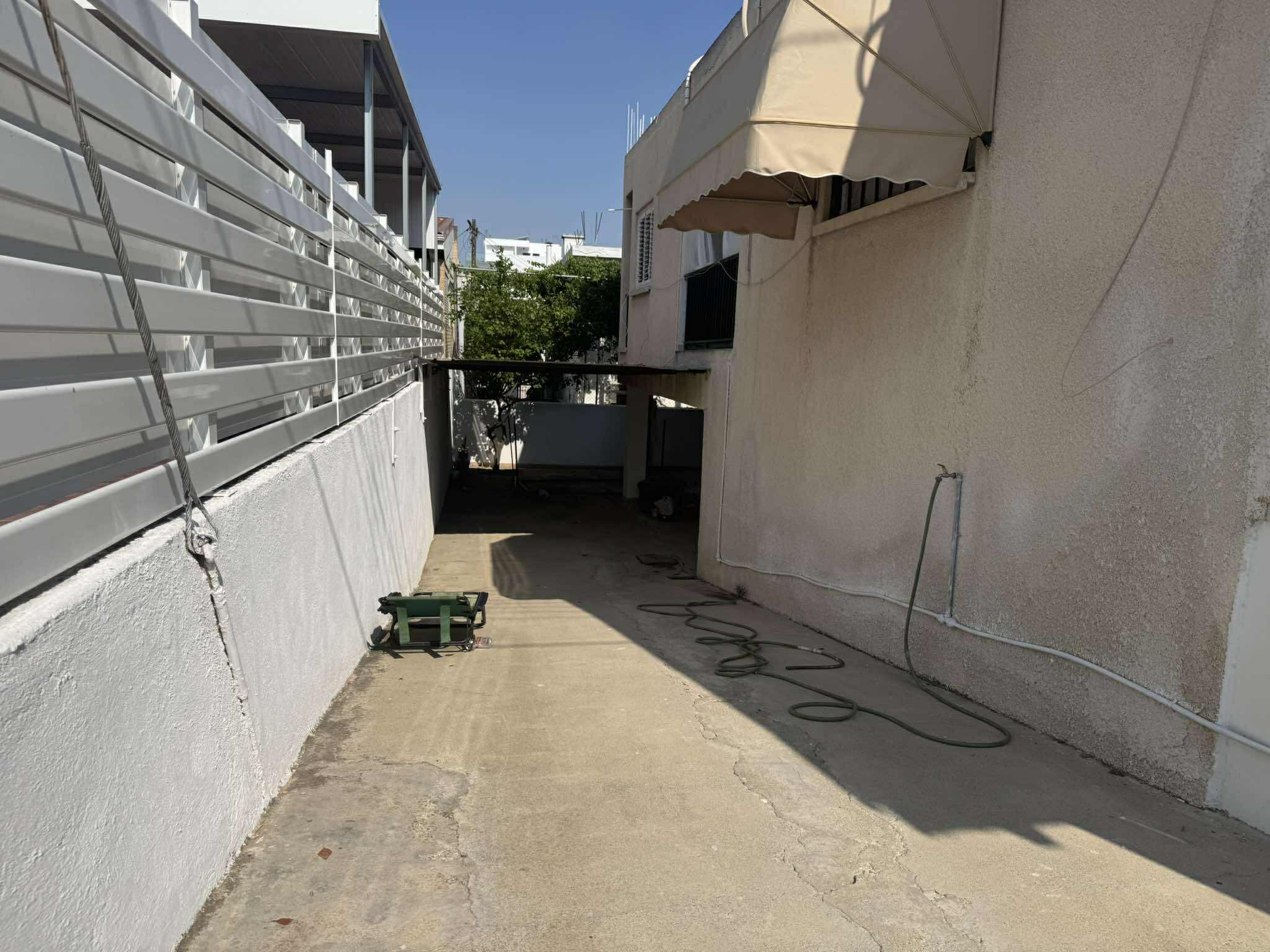
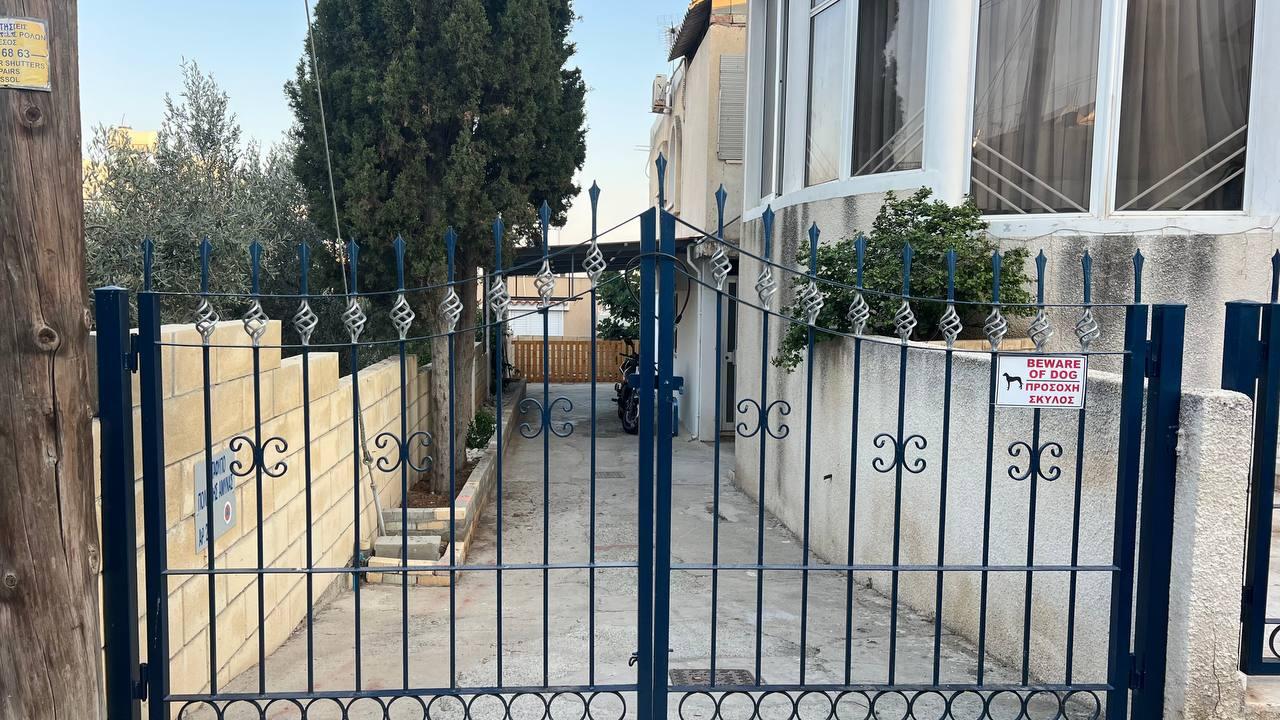
SafeCy is a modern safety tool
One of the most significant developments in civil protection in recent years has been the launch of the SafeCy mobile app. It was developed to provide people with quick and easy access to information about shelters in their area. The app is available in English and Greek, is regularly updated, and works on both Android and iOS devices.
What SafeCy can do:
- Shows the nearest bomb shelters on a map.
- Provides exact addresses and coordinates;
- Provides contact details for the Civil Defense service;
- It also allows you to submit a complaint if a shelter is unavailable or in poor condition.
Due to the escalating situation in the Middle East, the app has become particularly popular, with a sharp increase in downloads. This indicates a growing public interest in personal safety and emergency preparedness. If you notice that a shelter listed on SafeCy is missing, closed, or does not meet standards, you can send a message with the facility number and address. Civil Defense will verify the information and take action if necessary.
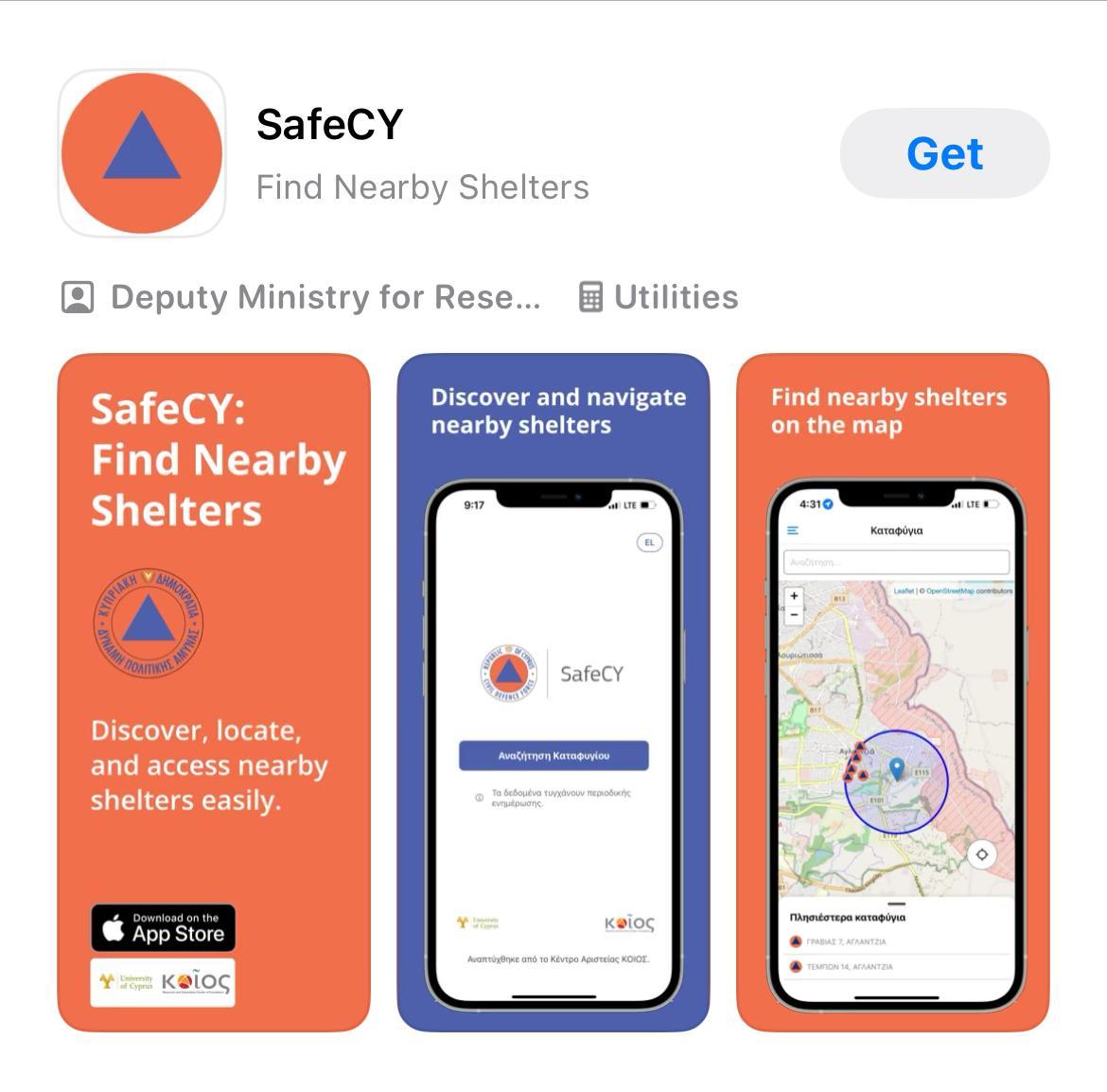
Legislation and access to shelters
According to Cypriot law, bomb shelters are classified as civil defense facilities and must be open to everyone without restriction in the event of a threat. However, in practice, access may be difficult due to:
- closed doors (keys are kept by individuals or organizations);
- lack of signage;
- poor lighting; or blocked entrances.
Following the launch of SafeCY, the authorities began taking inventory of shelters and working to standardize access in order to prevent citizens from being unable to reach shelters at critical moments.
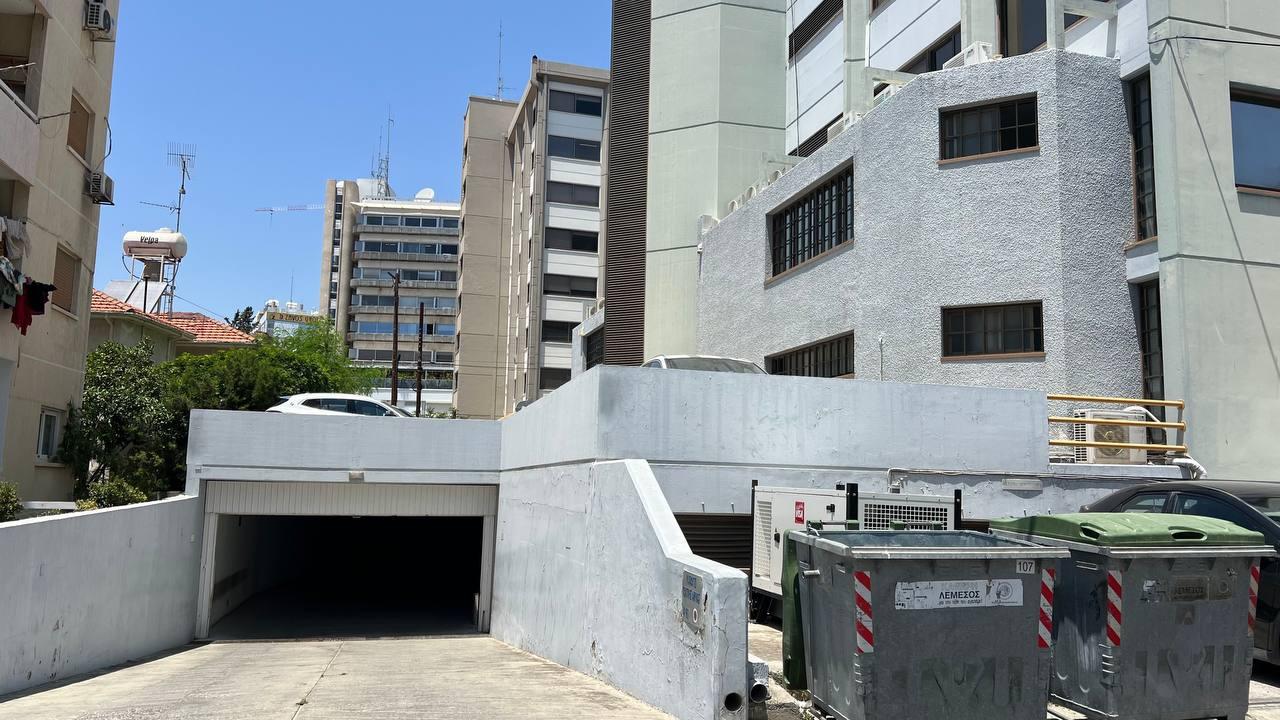
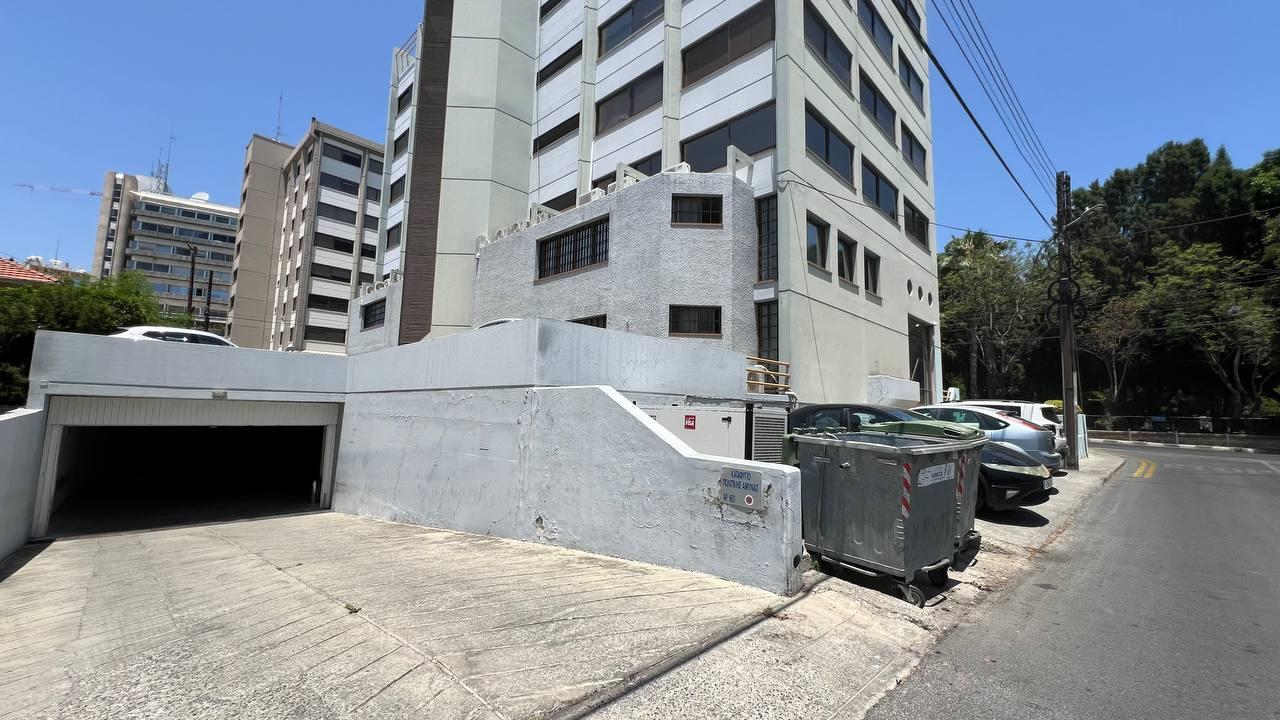
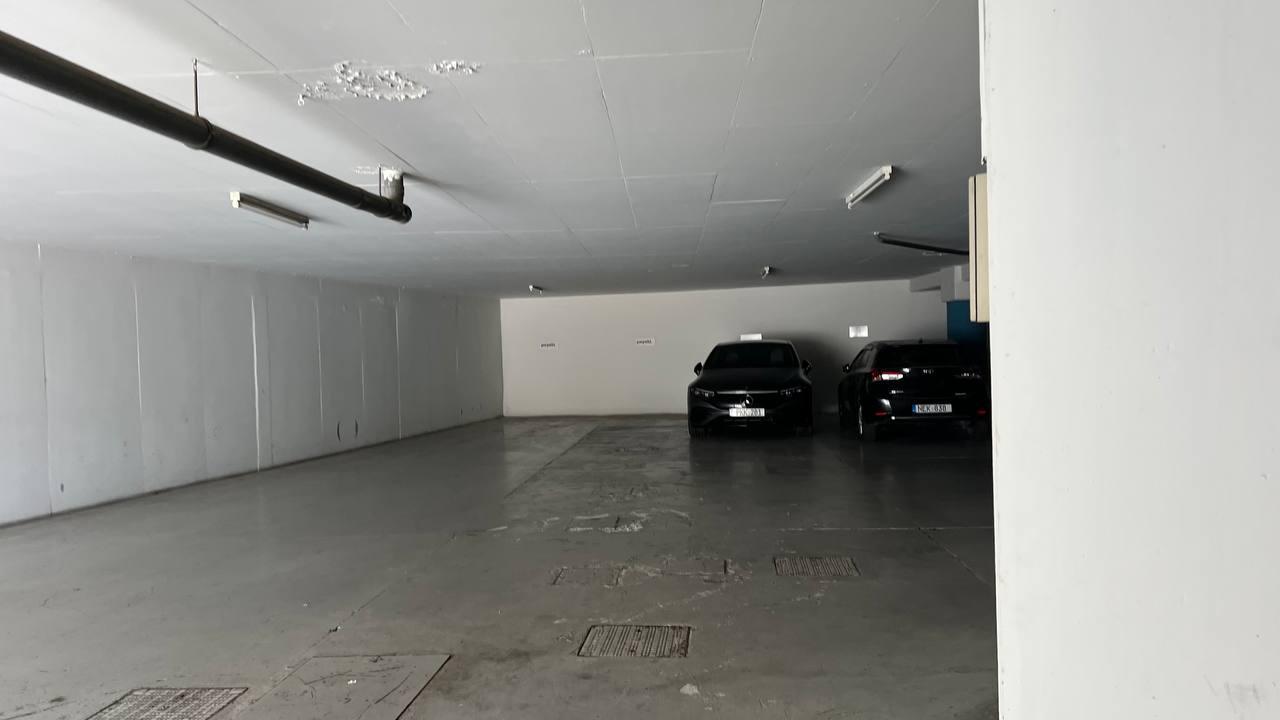
Citizens play a role in the security system
The shelter system in Cyprus is not solely the responsibility of the state. Every resident of the island shares this responsibility. Citizens play a key role in the civil defense system, from promptly responding to alarms to participating in drills and disseminating information. In the event of potential threats, such as natural disasters, man-made accidents, or military risks, it is important to not only know where the nearest shelter is located but also to be able to act in a coordinated manner. Using apps such as SafeCy, following instructions from authorities, and paying attention to vulnerable groups make society more resilient. When everyone is aware of their role, safety levels increase significantly. Safety starts with awareness. Every citizen should know:
- Where the nearest shelter is.
- How to get there;
- What items they should have with them in case of an emergency, such as water, documents, and a charger.
Residents of the island can also help by identifying shelter issues, providing their premises, or participating in Civil Defense training initiatives.
From personal experience - there is a bomb shelter under an office building in Limassol
I recently had the opportunity to visit one of these bomb shelters in the center of Limassol. It is located under an ordinary office building, not far from the city zoo and a lively area with banks, coffee shops, and stores. At first glance, there is nothing that resembles a civil defense facility — just typical urban architecture, glass facades, and business bustle. However, if you walk around the building and look closely, you will notice a sign at the entrance to the underground parking lot indicating that a shelter is hidden below.
Being in this space evokes a paradoxical feeling: just a few meters above your head, life goes on as usual — offices are open, music plays from cafés, and cars drive by. Here, underground, is a facility designed for times when the threat was real and tangible. There is a sharp contrast between the calm of everyday life and the tense atmosphere of a possible emergency. Although it appears to be just a single-level parking lot, the SafeCy app claims that the shelter can accommodate about 150 people.
On the one hand, it is good that such facilities exist and are marked in the SafeCy system. On the other hand, it is difficult to shake the feeling that such shelters would be of little help in the event of a real threat.
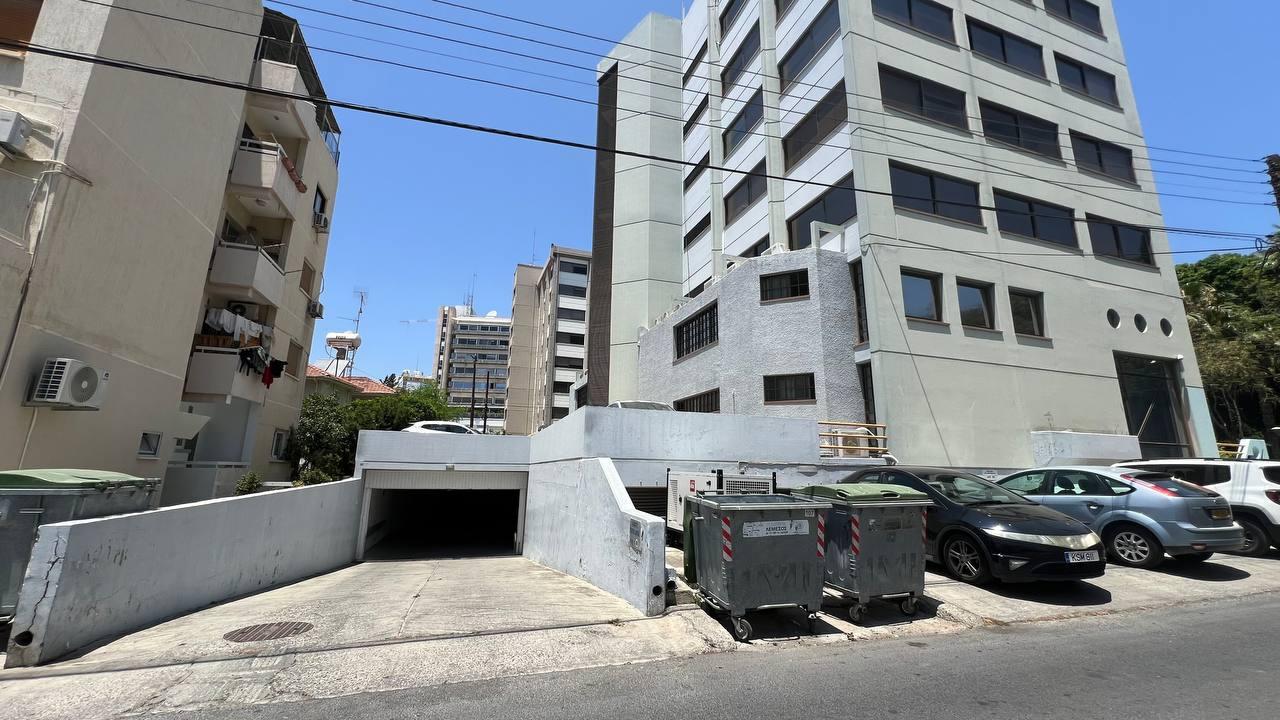
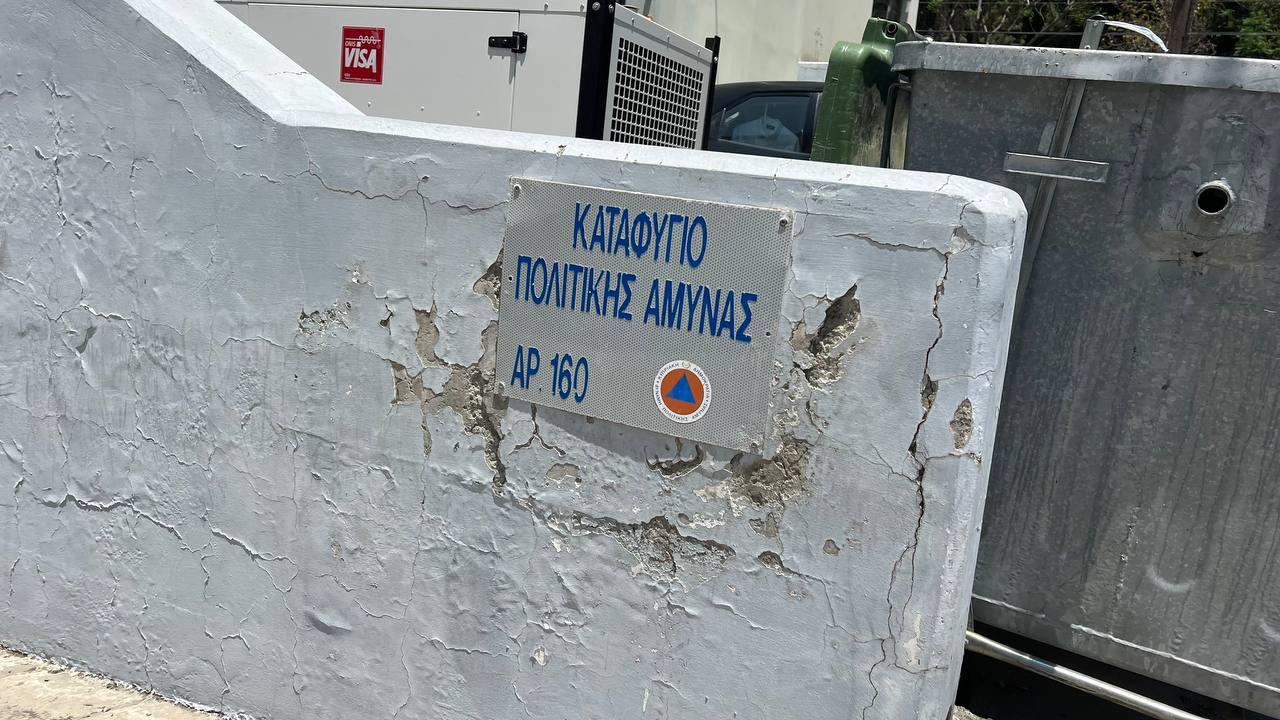

Bomb shelters in Cyprus are an important part of the modern security system. With growing instability in the region, their importance is increasing. Digital tools like SafeCy make this system more transparent and accessible to everyone. Citizen participation makes the system truly effective. It is time to be aware, prepared, and united for the sake of our common safety.
Read also:

